Twenty-five years ago, in the early hours of April 26, 1986, the world’s largest nuclear disaster took place at the Chernobyl Nuclear Power Plant in the north of the Kiev Region. In the photo: Decontamination of the Chernobyl NPP area.

Twenty-five years ago, in the early hours of April 26, 1986, the world’s largest nuclear disaster took place at the Chernobyl Nuclear Power Plant in the north of the Kiev Region. In the photo: Decontamination of the Chernobyl NPP area.
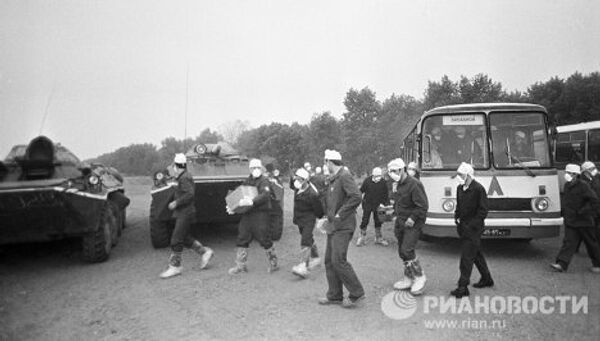
Nuclear power experts were sent to clean up the Chernobyl disaster site.

The explosion that was 500 times more powerful than the atomic bombing of Hiroshima destroyed the reactor core and the roofs of the fourth unit and the engine room.
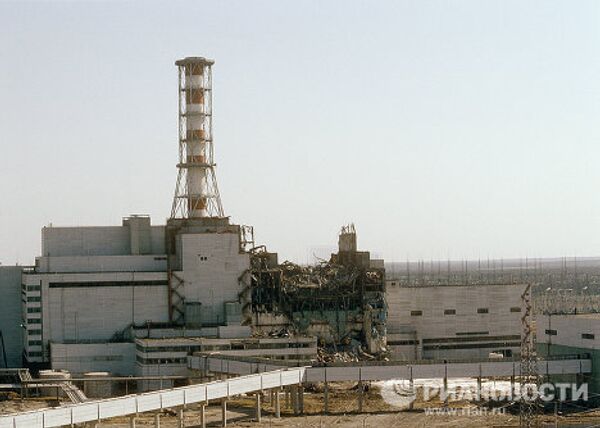
Around 190 tons of radioactive substance was discharged into the atmosphere. Eight out of 140 tons of radioactive fuel was released into the air. Other hazardous substances kept evaporating from the reactor during the fire that raged for nearly two weeks.
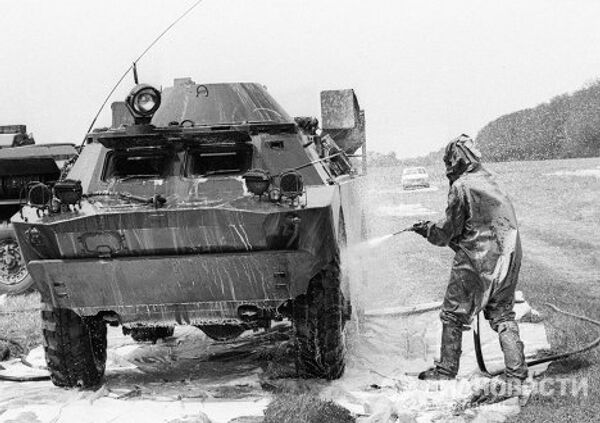
The disaster resulted in the radioactive pollution of the surrounding area within 30km, which was nearly 160,000 sq km. The pollution spread over northern Ukraine, Belarus and western Russia. In the photo: Decontamination of military vehicles that were used in the Chernobyl disaster area.

The disaster immediately killed 31 people, while 600,000 rescuers and firefighters were exposed to high levels of radiation. Within two decades after the catastrophe, nearly 18,000 people, including children, died of the aftermath from radiation exposure. In the photo: A kindergarten in Pripyat abandoned after the Chernobyl NPP explosion.
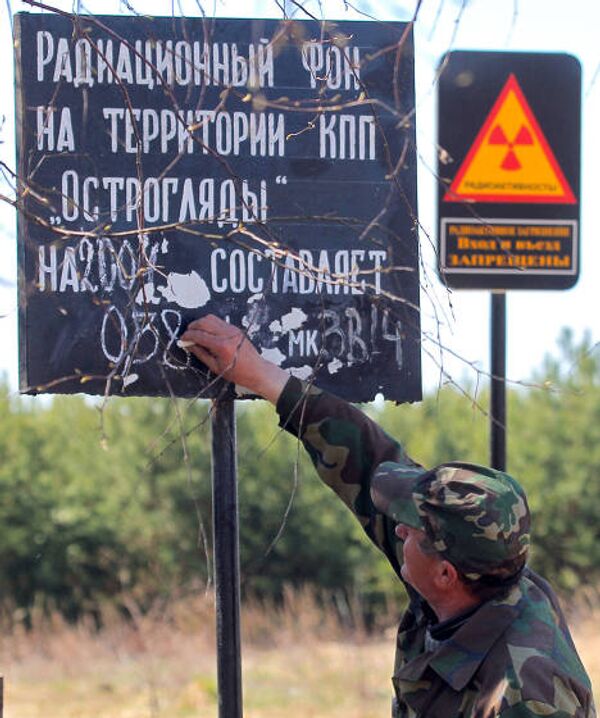
The Chernobyl NPP is still surrounded by a 30-kilometer exclusion zone. The average radiation level in Pripyat today is 40 to 60 micro-roentgen per hour, while the norm is 30 micro-roentgen. Being exposed to radiation for a short time (an excursion around the area lasts less than eight hours) is not dangerous, experts believe.
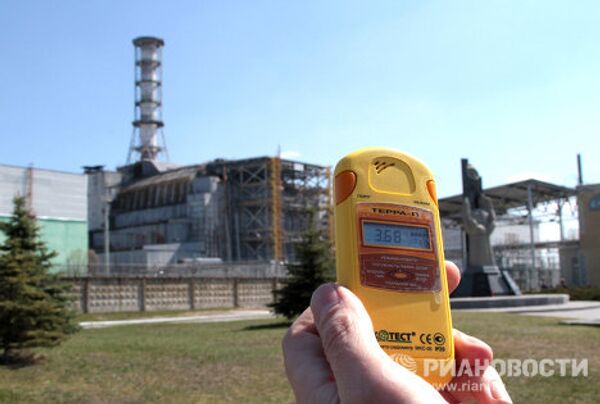
The fourth unit of the nuclear power plant was enclosed in a concrete sarcophagus that contains around 200 tons of cold nuclear fuel and radioactive waste. The Chernobyl NPP is expected to be completely destroyed by 2056. At the first stage (by 2013), the nuclear fuel will be removed from the plant and placed in long-term storage facilities.
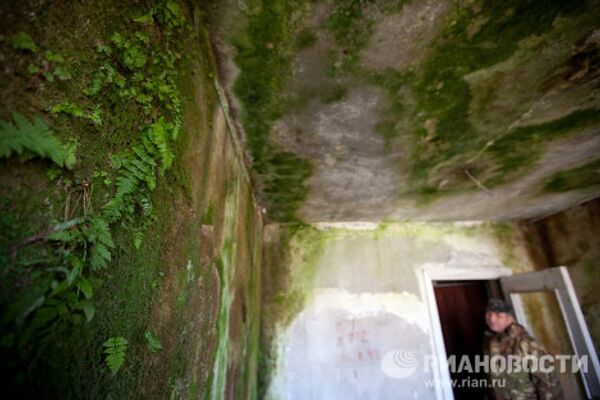
9/12
© RIA Novosti . Mikhail Fomichev
Even in the city where the “atom has defeated humans,” nature is taking over. Trees and grass are sprouting through the concrete walls finishing the destruction caused by time.
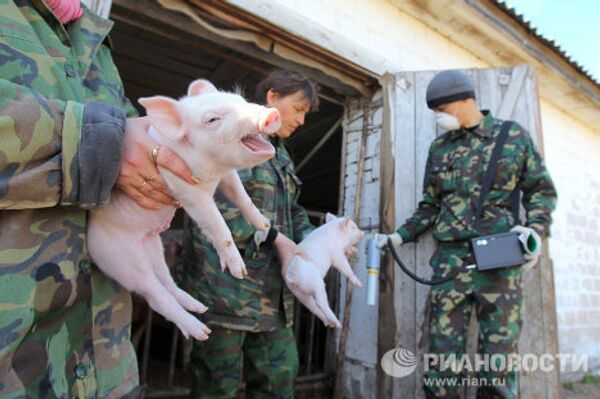
There is an experimental livestock farm in the exclusion zone. The farmers do regular dosimetry tests.
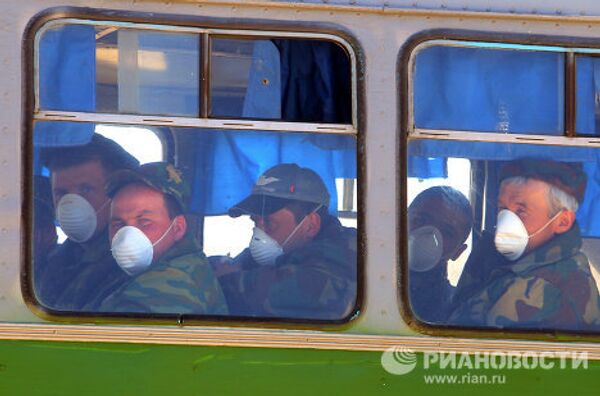
People entering the exclusion zone must wear special masks.
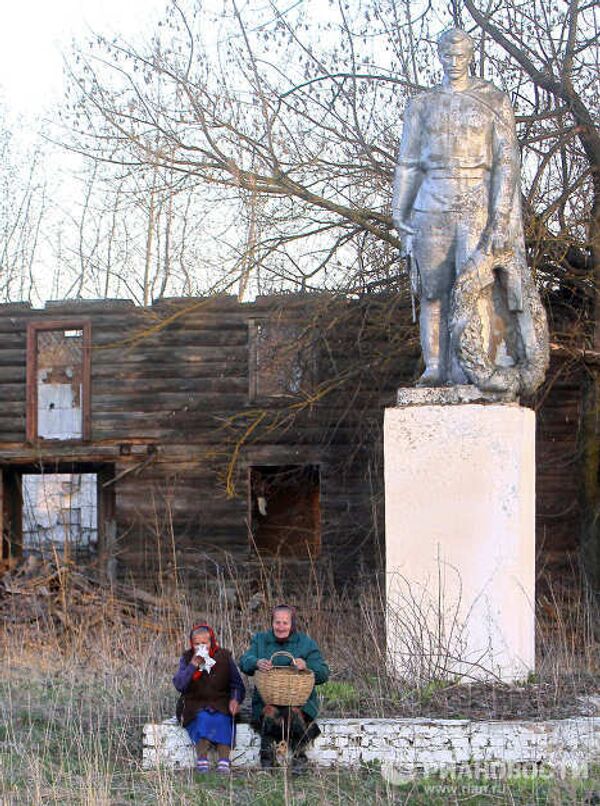
Over 1,000 people from Chernobyl and the surrounding villages decided to return to their homes. There are five people living in the village of Rudnoye, the Gomel Region, on the border of the 30-kilometer exclusion zone around the Chernobyl NPP.



